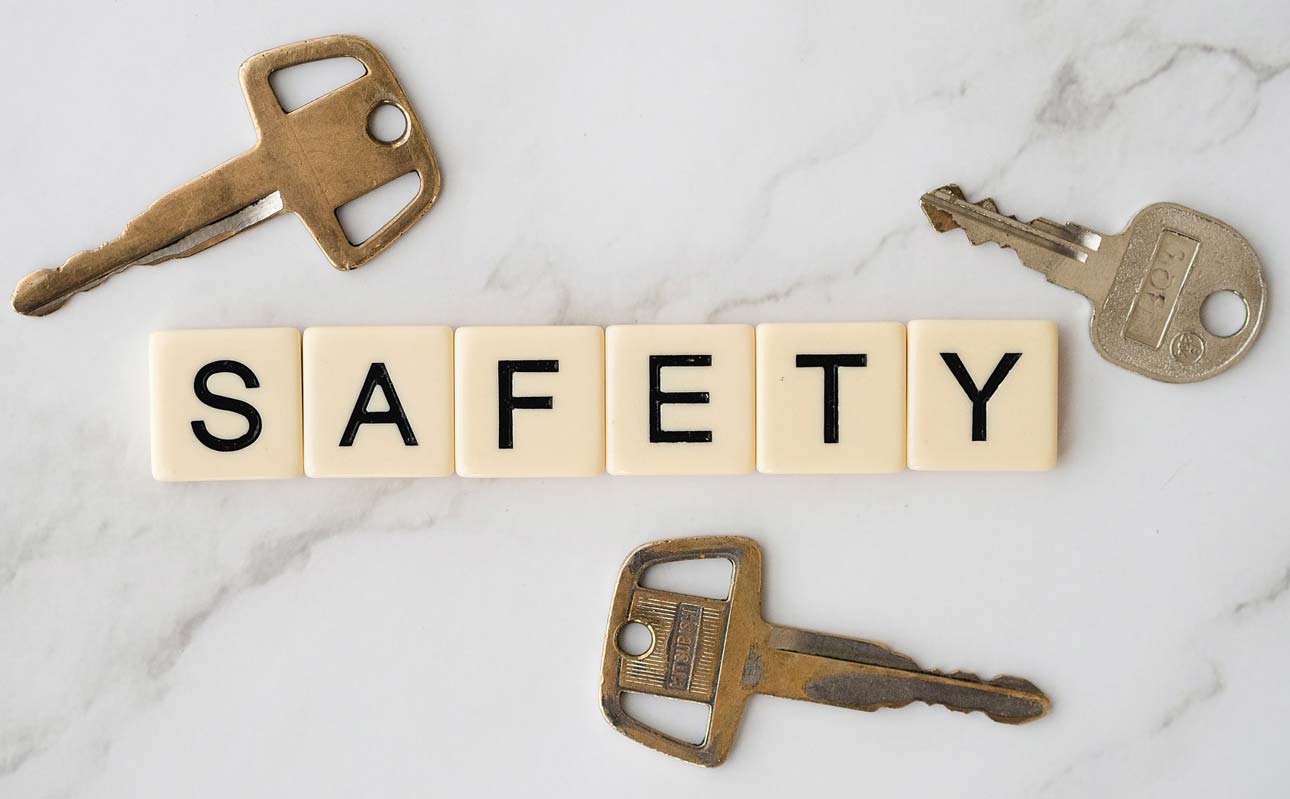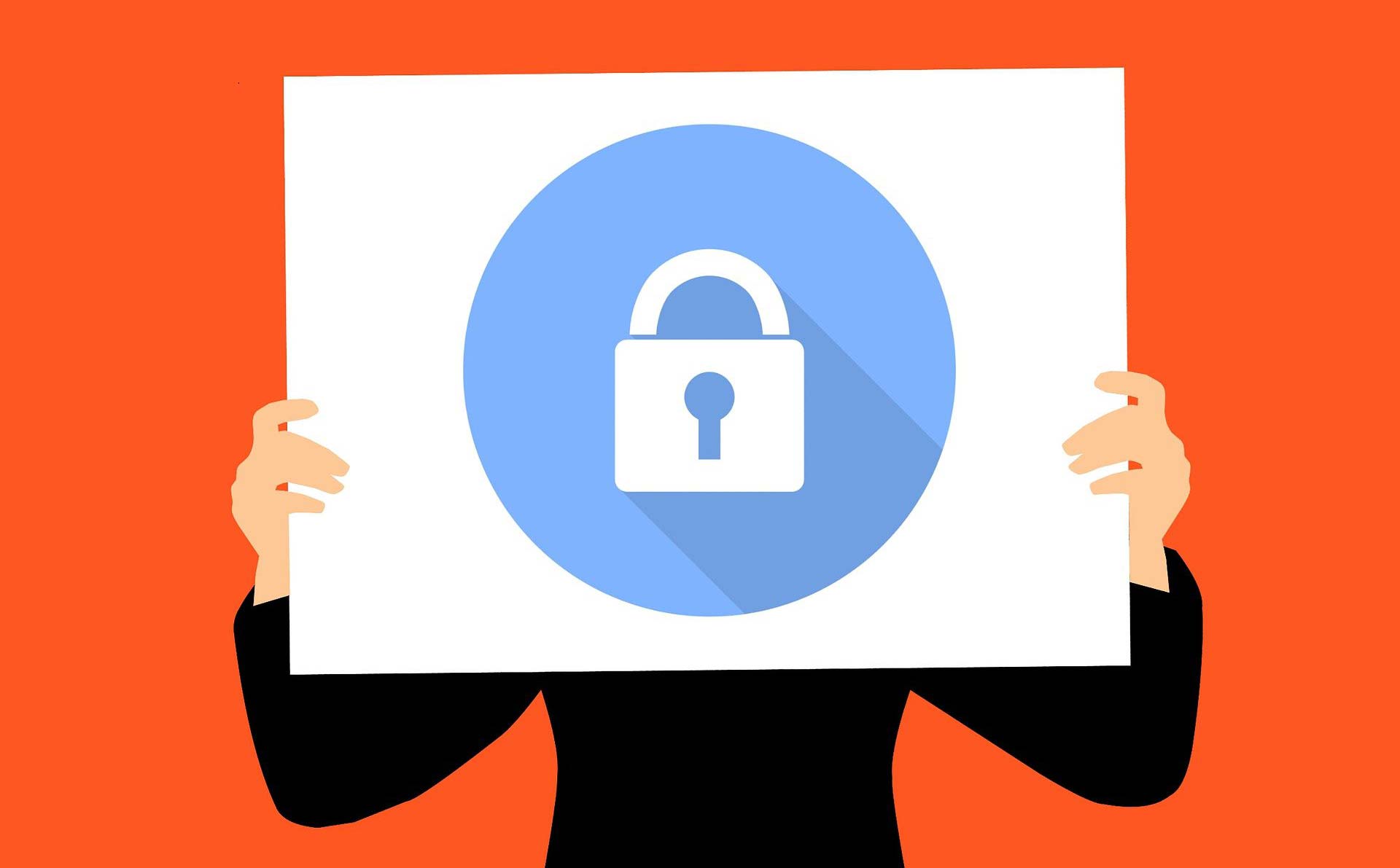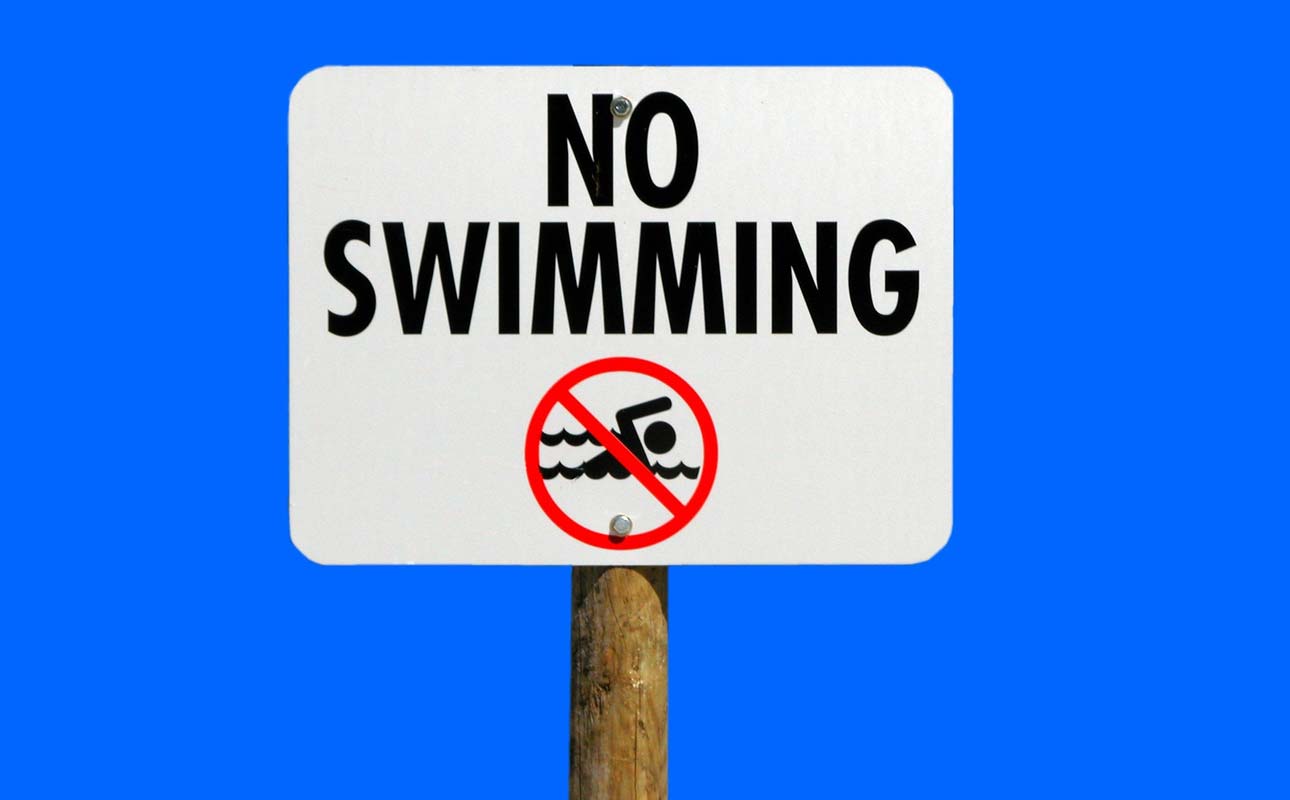Child safety tips and tools for the home and beyond

Teaching our kids about safety is so important for their wellbeing at any age. Touching on concepts of bodily safety in different settings, safety best practices for special settings, and personal safety when using the internet can give you a solid foundation to build on as they grow.
Know your family, who you are, and where you belong
Making sure that young children can identify their close family, their names, their address, their home phone number or a parent’s mobile number is important because it allows them to communicate with law enforcement and emergency officials in the event of an emergency. Review with your child their vital information and the vital information for close family. Vital information may include any allergies that either the child or someone close to them suffers from. This can be especially helpful to reinforce before and after big life events, such as a move, family vacation or the birth of a sibling.
Stranger danger
Stranger danger is one of the most basic safety concepts to teach children: We don’t talk to or go places with people we don’t know. Period. And that’s an easy thing to say, but it is so much more nuanced than that. We want to teach our children to be safe and not put themselves in an unsafe situation with a stranger, but at the same time, we need to be aware of social exchanges and norms that take place every day. It’s important that we take the time to sit down with our children and teach them the difference between a social nicety, like saying hello and making eye contact when someone greets or interacts with them, and practicing personal safety around people they don’t know. Not accepting treats, toys or rides from strangers is a good first step, but when it’s age-appropriate it’s important to address the nuances involved. Reassure them that they have an adult who cares for them, you will help them learn the difference between an appropriate interaction with a stranger and an inappropriate or unsafe situation and how to manage both with their safety and wellbeing at the forefront.
- Use a family safe word, not one easily guessed.
- Role play to help them learn how to protect themselves when they feel they need to.
- Put in place rules for public spaces, like the playground, public pool or indoor play area, and affirm the child’s understanding of the rules before you arrive at those destinations.
Road safety for riders, walkers, and young drivers
Road safety is important at every age. It’s also a little different at every age and should be continuously reinforced. From the earliest age, teaching proper seatbelt safety should be a priority. Using appropriate child safety seating is also a must for parents, and when upgrading your child’s car seat, it’s important to first make sure that they meet all of the requirements related to size and age before making that change.
Knowing how to walk safely and share space with other pedestrians, motorists and cyclists is important and also part of road safety.
- Sidewalks should always be used whenever available.
- All traffic signals should be paid attention to and followed.
- Always look both ways before crossing a road and use crosswalks whenever possible.
- Don’t ever run into the road after anything.
- Pedestrians should always walk against vehicular traffic, while cyclists should always move with traffic.
- Never walk or ride a bike with headphones on or earbuds in, as it impedes one’s ability to be aware of their surroundings.
- Don’t use a cell phone while walking, biking or driving a car.
Driver’s education classes or safe driver classes can be helpful for new drivers as they learn the rules of the road. These types of classes may be offered by your community or through your auto insurance company. Take your time and be patient with new drivers as they learn and practice their skills behind the wheel. Practicing in a safe space can be helpful, but it is equally important that new drivers learn how to navigate roadways in all conditions, including city driving and driving in bad weather. Emphasize the importance of staying calm and focused and reassure your young driver that their safety is your biggest concern.
Online safety is important at any age

With the prevalence of social media, it’s unrealistic to think that children, teens and young adults will refrain from sharing information online. Rather, it’s important to teach our children what types of information they need to be careful with and the best practices they should follow when spending time on social media and using the internet.
- Always make sure that age-appropriate parental controls are applied to all devices, including tablets, laptops and phones.
- Set boundaries in your home where devices can be used.
- Create a policy of openness around social media. If your child or teen has social media accounts, make sure you have access to those accounts so you can monitor their activity.
- Bring stranger danger awareness into online spaces; just like it isn’t appropriate to share personal information with a stranger encountered in person, that same rule applies to anyone met online.
Openness and honesty are part of personal safety
Create a home environment that puts great importance on open and honest conversation. This helps children feel safe and seen and discourages secret-keeping that may compromise their, or a friend’s, safety. Regularly checking in with children and giving them the space and opportunity to be open can make it easier to talk about things that are bothering them. This is especially important when poor choices could lead to larger issues. When a serious problem occurs, consequences may be necessary but equally important is that a child feels safe enough to seek help, even when they might get in trouble. Emphasizing the importance of safety at all times and the reason behind your concern can help them overcome the worry of getting in trouble for something they shouldn’t have done or that may have put them at an elevated risk. Let the child know that they are always your top priority. Their safety is more important than any possible consequence.
Promote bodily autonomy
Teaching children that their body is their own and that nobody has a right to touch or talk about their body in a way that makes them feel uncomfortable or unsafe can set them up to best handle instances of other people asserting control, passing judgment or making them feel unsafe.
What to do if they are lost or separated from a parent or caregiver
As mentioned, make sure your child knows their vital information: name, address and phone number, so that they can communicate with law enforcement officers if they get separated from their parent or guardian. Here are some additional tips:
- Many communities host seasonal family fun days where law enforcement officers are present. Take your children to meet these community helpers, so they become comfortable talking about safety issues.
- Get a child safety ID card and keep it in your wallet just as you do your own identification. Get a new ID annually.
- Practice “getting lost” with your child. This can be done during a walk or bike ride around your neighborhood. Stay with them and ask them to help you both get home by following important safety best practices.
- Ask your child for directions when you’re driving to affirm that they know how to get home.
- Practice recognizing landmarks and street names as you are out running errands.
- When visiting new places, take the time to show your child what to do if you get separated. Where should they go? What types of uniforms should they look for?
Water safety

Make sure that young children know how to behave safely around water, whether it’s in a bathtub, hot tub, pool, creek, river, lake or ocean. Exposure to different bodies of water can help them build up their confidence around water and open up so many experiences for them. Here are some ways to teach water safety:
- Enroll your children in swimming lessons; some communities even offer classes for infants. Encourage them to build on these skills as they grow become smart and confident swimmers.
- Discuss the differences in bodies of water before exploring them with your children. Knowing what to expect helps them understand both the risks and joys of being around water.
- Equip your children with the proper clothing and gear for the type of water activity they’ll be doing. Non-slip water shoes make trekking through creek beds safer and help protect tender bare feet.
Additional resources
- Stranger Danger is More Than A Slogan
- Practicing Names, Addresses, and Phone Numbers with Children
- Road and Traffic Safety for Kids of All Ages
- Car and Car Seat Safety
- Keeping Kids Safe Online
- Take the Safety Pledge
- Teaching Bodily Autonomy
- Talking to Your Children About Consent
- Missing Children with Special Needs
- How to Teach Your Child What to Do if They Get Lost
- Smart Home Security
- Water Safety for Kids



